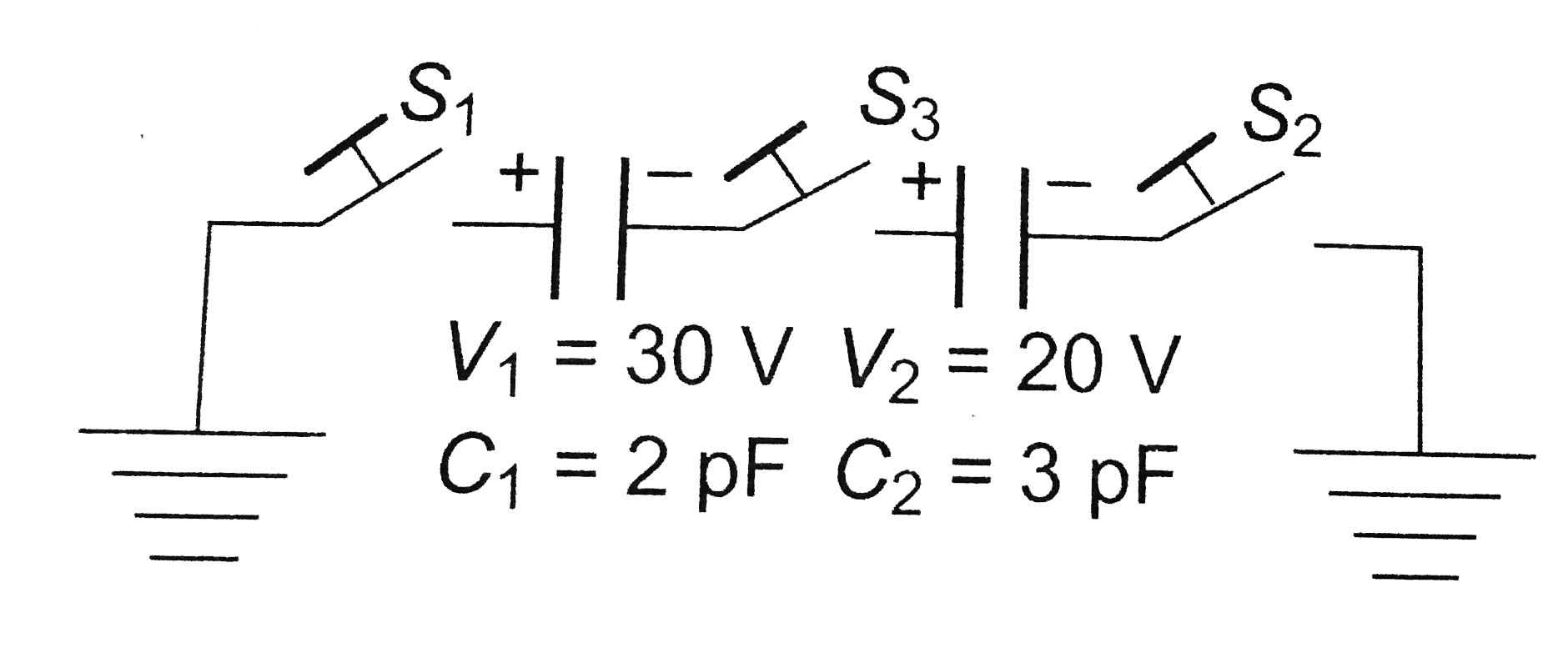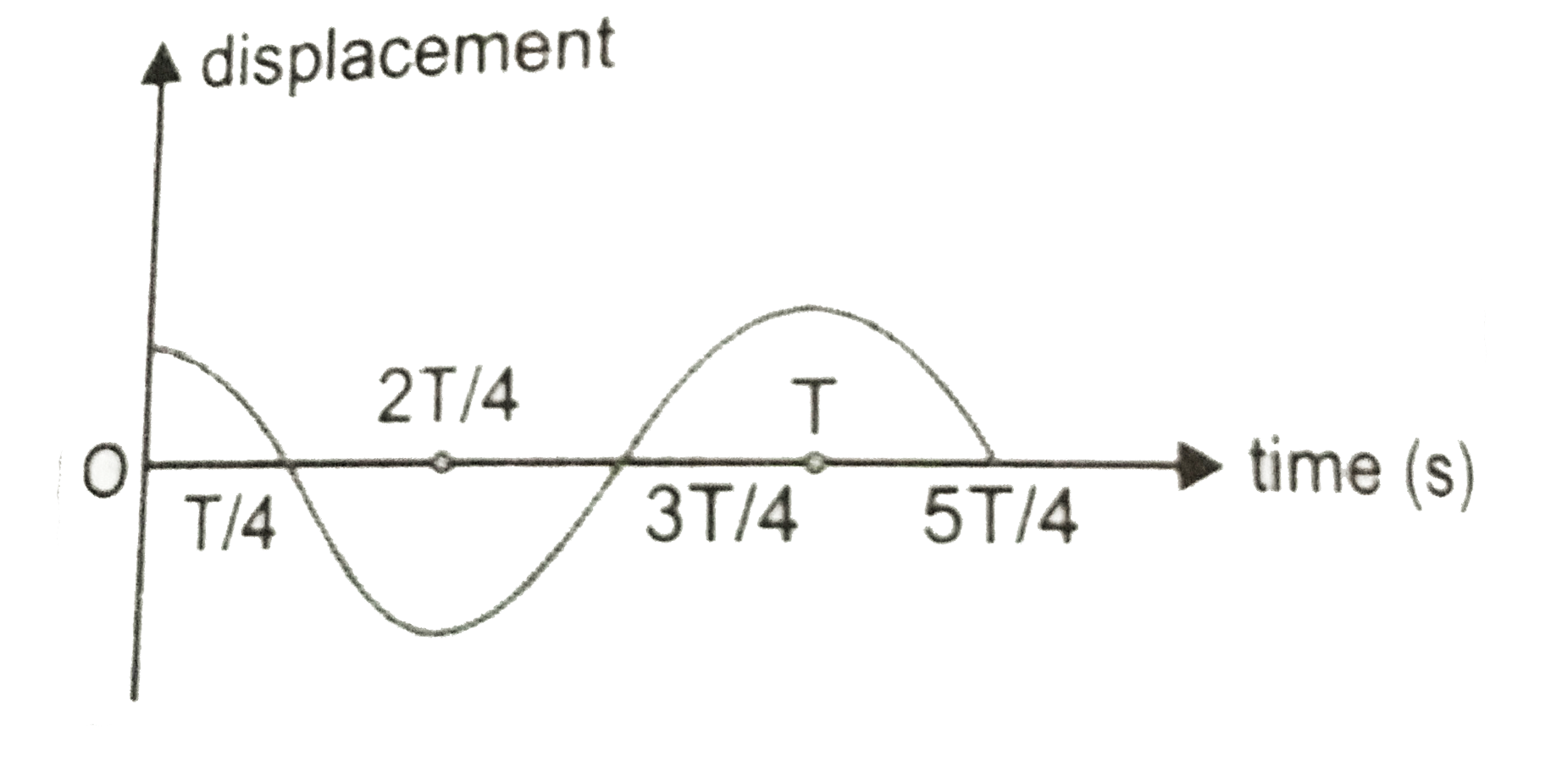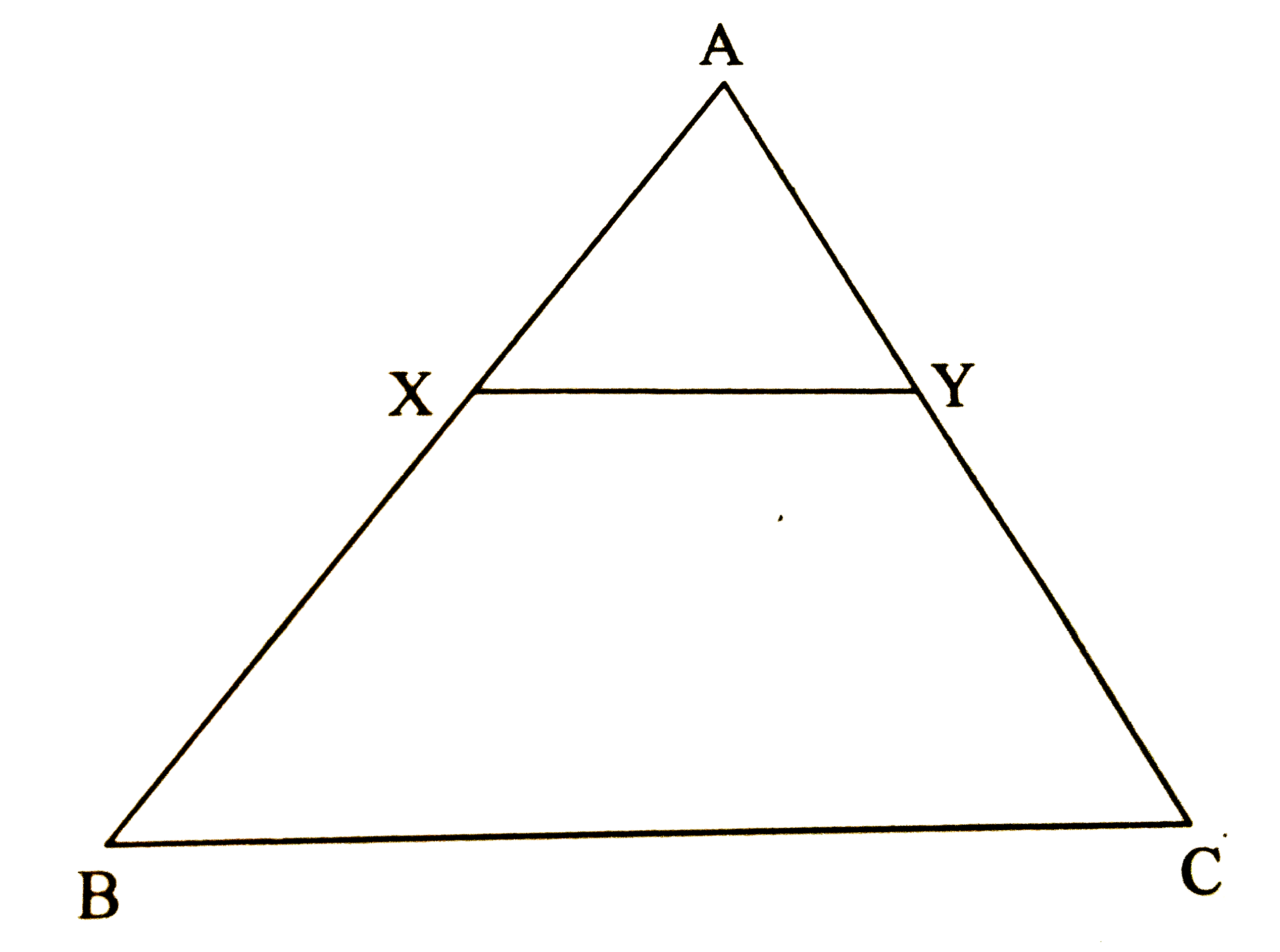The potential energy curve for interaction between two molecules is shown in figure. Which of the following statements are true?
(a) The molecules have maximum attraction for r=OA.

(b) The molecules have maximum kinetic energy for r=OB.
(c) The intermolecular force is zero for r=OB.
(d) For the gaseous state, the depth BD of the potential energy curve is much smaller that KT.
The correct Answer is:B, C, D
a. False, it is repulsion here.
b. True, since minimum potential energy means maximum kinetic energy.
c. True, since slope gives force and it is zero here.
d. True, since a well >>KT, would mean molecules staying together.
Topper's Solved these Questions
- WORK, POWER & ENERGYBOOK - CENGAGE PHYSICSCHAPTER - WORK, POWER & ENERGYEXERCISE - Linked Comprehension
55 Videos
- WORK, POWER & ENERGYBOOK - CENGAGE PHYSICSCHAPTER - WORK, POWER & ENERGYEXERCISE - Integer
14 Videos
- WORK, POWER & ENERGYBOOK - CENGAGE PHYSICSCHAPTER - WORK, POWER & ENERGYEXERCISE - Single Correct
100 Videos
- VECTORSBOOK - CENGAGE PHYSICSCHAPTER - VECTORSEXERCISE - Exercise Multiple Correct
5 Videos
Similar Questions
Knowledge Check
For the circuit shown in figure, which of the following statements is true ?
 AWith S1 closed, V1=15V,V2=20VBWith S3 closed, V1=V2=25VCWith S1 and S2 closed V1=V2=0DWith S1 and S3 closed V1=30V and V2=20V
AWith S1 closed, V1=15V,V2=20VBWith S3 closed, V1=V2=25VCWith S1 and S2 closed V1=V2=0DWith S1 and S3 closed V1=30V and V2=20VFor the circuit in figure, which of the following statements is true ?
 AWith S1 closed V1= 15V , V2=20 VBWith S1 closed V1=V2 = 25 VCWith S1 and S3 closed V1=V2=0DWith S1 and S3 closed V1=30V , V2=20 V
AWith S1 closed V1= 15V , V2=20 VBWith S1 closed V1=V2 = 25 VCWith S1 and S3 closed V1=V2=0DWith S1 and S3 closed V1=30V , V2=20 VFor the circuit in figure, which of the following statements is true ?
 AWith S1 closed V1= 15V , V2=20 VBWith S1 closed V1=V2 = 25 VCWith S1 and S3 closed V1=V2=0DWith S1 and S3 closed V1=30V , V2=20 V
AWith S1 closed V1= 15V , V2=20 VBWith S1 closed V1=V2 = 25 VCWith S1 and S3 closed V1=V2=0DWith S1 and S3 closed V1=30V , V2=20 V
For the circuit shown, which of the following statements is true

View SolutionA ray of light is incident in situation as shown in figure.
_S01_055_Q01.png)
Which of the following statements is/are true?
View SolutionFigure shows a plot of the potential energy as a function of x for a particle moving along the x-axis. Which of the following statement(s) is/are true?

View SolutionThe displacement time graph of a particle executing S.H.M. is shown in figure. Which of the following statement is / are true ?

View SolutionThe variation of decay rate of two radioactive samples A and B with time is shown in fig.

Which of the following statements are true?
View Solution


